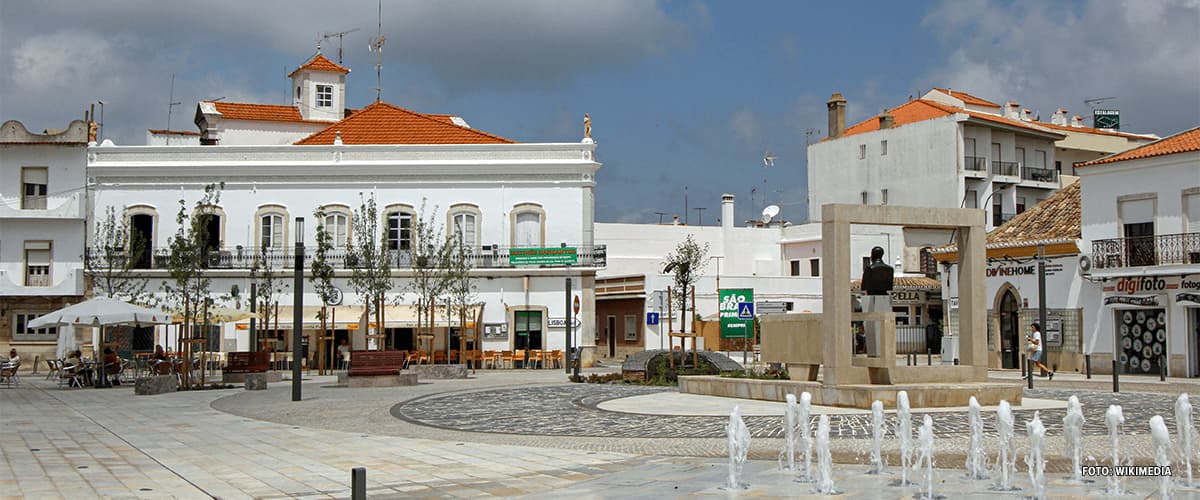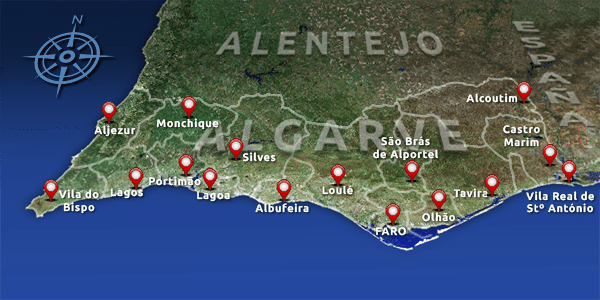 São Brás de Alportel What to discover and how to enjoy your visit
São Brás de Alportel What to discover and how to enjoy your visit

 The Municipality of São Brás de Alportel is made of one single parish
The Municipality of São Brás de Alportel is made of one single parish
Municipal Holiday: 1st June
Inhabitantes: around 10,600
Area: 150 km²
São Brás de Alportel is a city with a flavour of the hills, and a charm from days gone by. To better appreciate its connection to the past, take a walk through the Vale de Alportel and visit some of the hamlets replete with history, like the place of São Romão, Vilharinhos, Soalheira and Malhão, Vale da Corte, Juncais, Moremos, Umbria, Santa Catarina and Alportel.
During the months of January and February, here, and all over the Algarve, a blanket of white, like snow, covers the countryside as the almond trees come into bloom. Legend has it that an Arab Prince married a Scandinavian Princess, but with each passing year, she became more homesick for her home country, and the snow. The Prince ordered the planting of almond trees throughout the Algarve, so that when they bloomed, the blanket of white would appear like snow and make the Princess’s sadness disappear.
The Serra do Caldeirão (Caldeirão foothills) is the region for growing the best cork in the world, used for the finest French Champagnes. In this area, you will find “rolhões”, (cork bins) next to the normal recycling bins. (These are depositaries for used corks, which can also to be recycled).
Some places of interest not to miss are the main Parish Church, The Bishop’s Palace, the market, the Algarve’s Regional Costume Museum and one of the oldest Pousadas (state run Hotel) in the country, where you can visit the “Pousada Windmill” that has a magnificent view over the town of São Brás de Alportel.
Artistic carpets of floral blooms are laid out in the streets to be admired during the “Festa da Alleluia e das Tochas Floridas” (Floral Torches) at Easter Time.
At the end of July, don’t miss the Feira da Serra, where all good things can be savoured from the Caldeirão foothills. Lasting three days, handicrafts, typical local produce, sweetmeats, local melodies, traditional lore and street animation are non-stop.



Move your mouse over the aerial view of the Algarve and click on the chosen destination.

